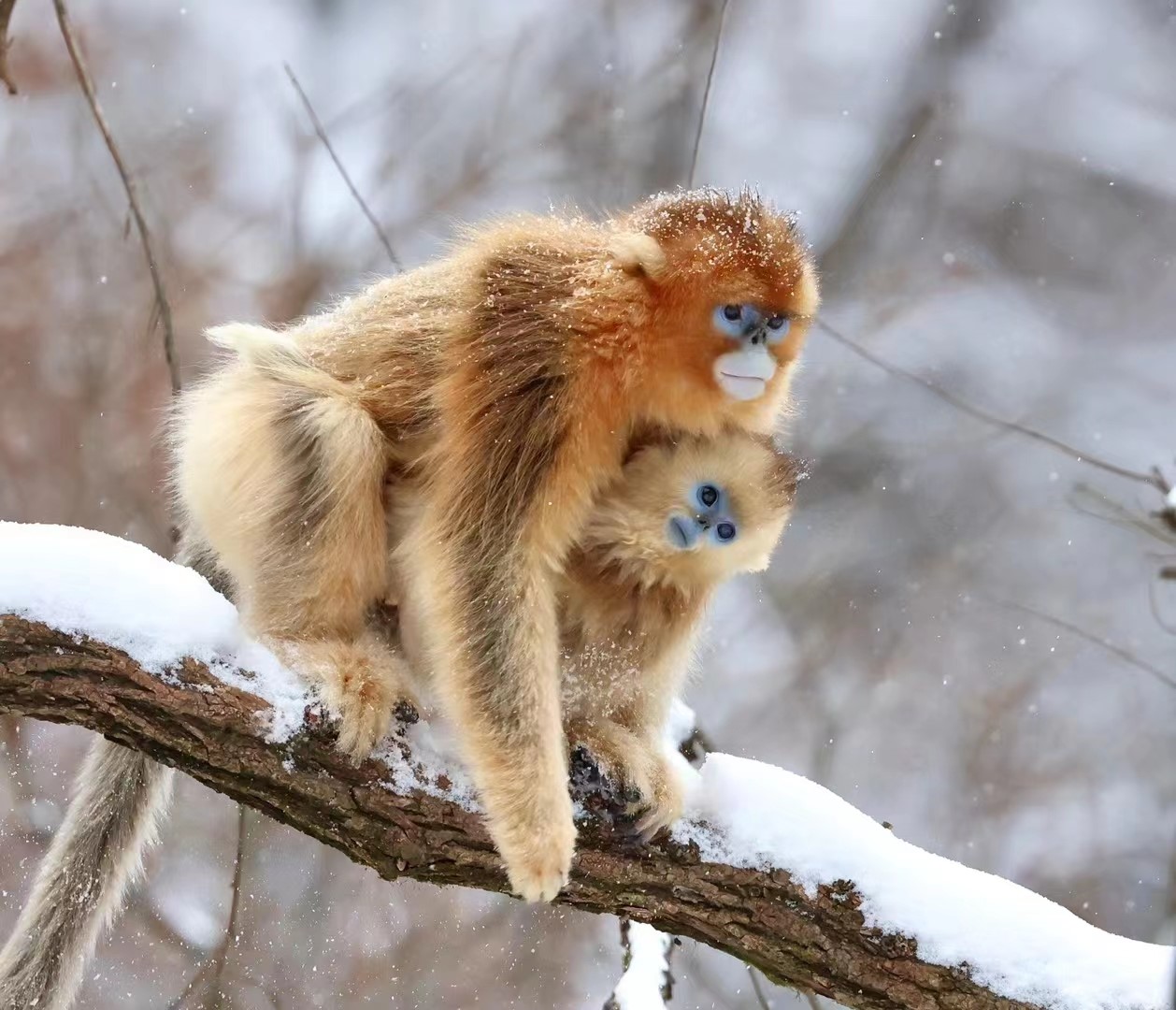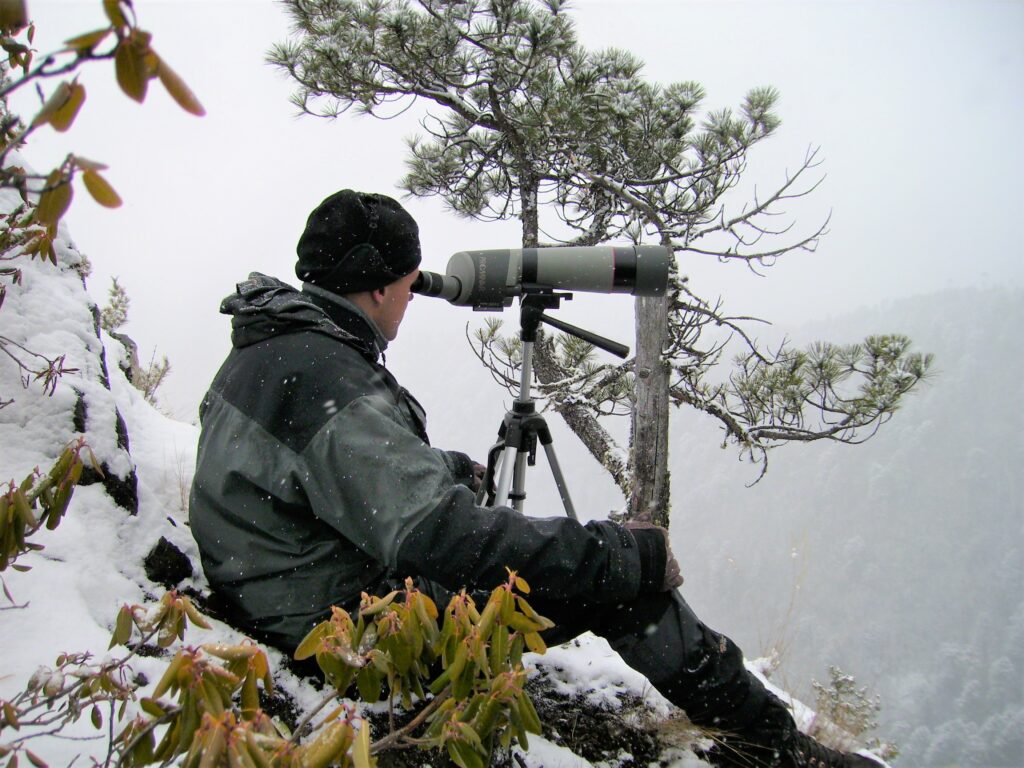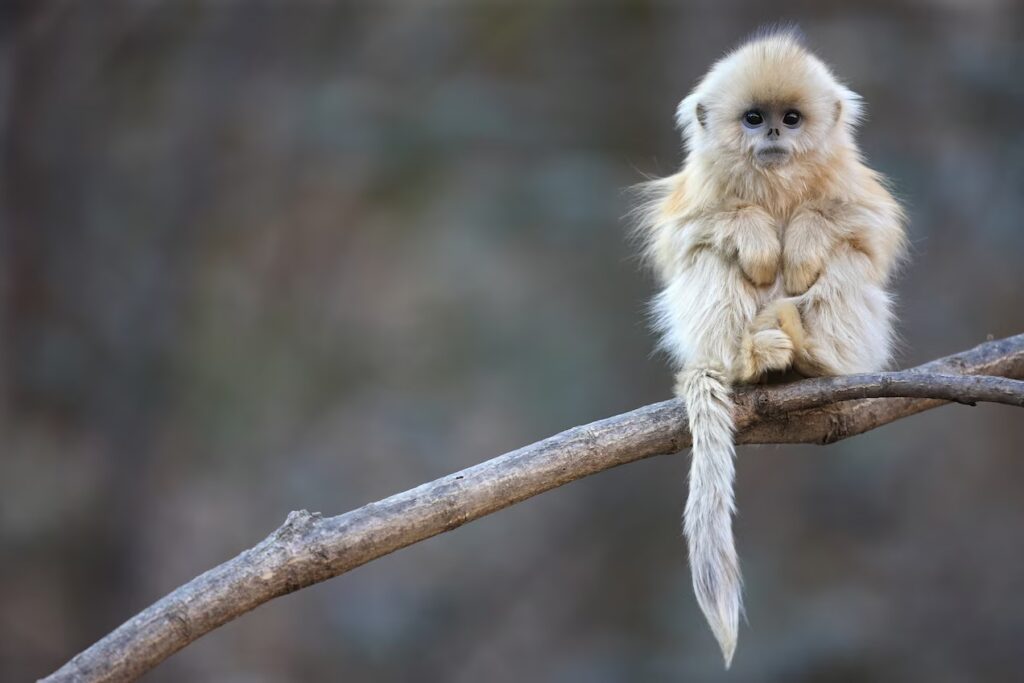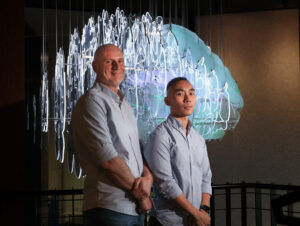Asian colobine monkeys (aka leaf-eating monkeys) live in habitats ranging from tropical rainforests to snowy peaks.
However, according to a ground-breaking study by an international team of researchers, ancient glacial events may have caused a peculiar evolution within the species.
Cold-dwelling colobine monkeys seemingly live in more cooperative and complex groups than those living in warmer climates. Furthermore, the cold climate facilitated stronger maternal care, leading to higher rates of survival among infants.
Monkey business
The researchers observed cold-dwelling colobine monkeys forming larger, more complex groups (aka ‘complex multilevel societies‘).
In each of these groups, there are smaller units.
“The units have to find ways to coordinate their day-to-day activities and cooperate with one another,” says Dr Cyril Grueter, a biological anthropologist at UWA who was a co-author of the study.
He says watching a large group of colobines crossing a meadow in single-file formation was incredible.
“I was amazed by … the monkeys’ ability to coordinate the movement of such a large band through such a complex landscape,” he says.
According to Cyril, Asian colobine monkeys are a great example of the mechanisms that drive social evolution.
“They show considerable diversity in social organisation, from relatively simple to complex multilevel societies,” says Cyril.
The cold, hard truth
The researchers sequenced the genomes of colobine monkeys from a variety of environments. And it was found that colobine species from cold climates (e.g. the snub-nosed monkey) had gene selections for faster metabolism and adaptations for cold stress.
Evidence of this gene selection can be traced to Miocene and Pleistocene glacial periods.
The study by Cyril and his colleagues is the first to find evidence suggesting the social evolution of colobine monkeys was influenced by these ancient cold events.
It’s hormonal
Cold-climate monkeys have genetic selections for more efficient dopamine and oxytocin pathways.
“This may explain their higher levels of social cohesion” says Cyril.
Oxytocin is commonly referred to as ‘the love hormone’, ‘the parenting hormone’ or ‘the bonding hormone’.
Being able to efficiently spread oxytocin throughout their bodies, increased the maternal care of cold-climate colobines by increasing their breast-feeding period. This led to a higher rate of survival for baby monkeys.
The efficient hormone pathways also reduced fighting between alpha males. This allowed the formation of small social groups and larger, multilevel societies.
What about us?
Understanding the impact of climate change on social evolution is crucial. Across the globe, climate change is increasing conflict between humans and wildlife.
However, recent studies have shown that in some Australian rodents, climate change can increase social behaviour. It suggests that animals can become more cooperative in harsher, more arid environments.
As a result, experts currently predict that WA animals will become more social as we grapple with the on-coming effects of climate change.











